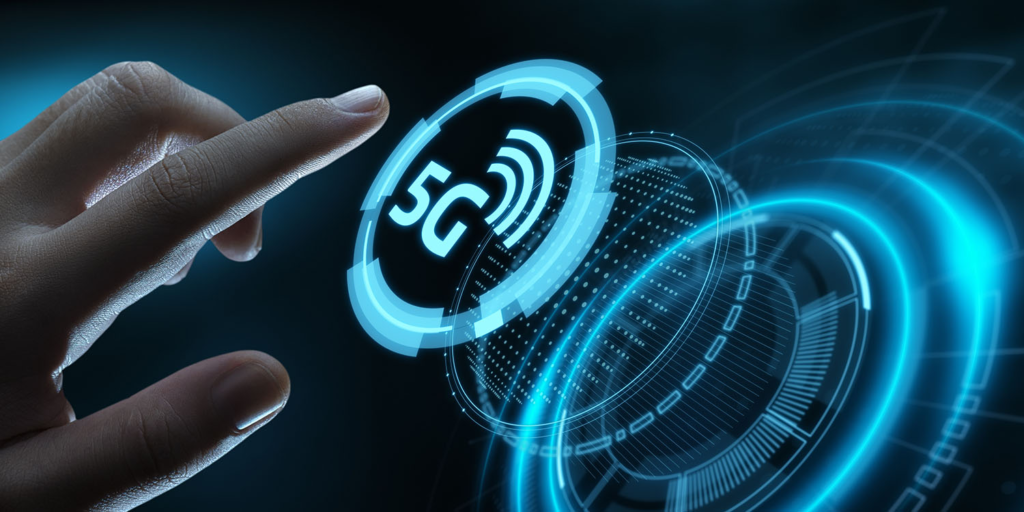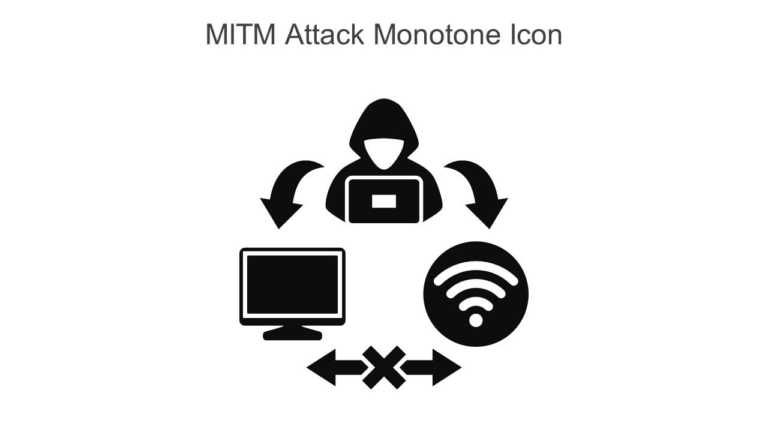The Rollout of 5G Technology

Introduction to 5G Technology
The advent of 5G technology marks a significant leap in the evolution of mobile networks, promising unprecedented speed, ultra-low latency, and enhanced connectivity. This next-generation technology is set to transform a wide range of industries by enabling new applications and services that were previously unimaginable. From the Internet of Things (IoT) to autonomous vehicles, the implications of 5G are vast and profound, reshaping the future of technology and society
Overview of 5G: What It Is and Why It Matters
The fifth generation of mobile network technology is designed to provide faster speeds, lower latency, and more reliable connections on smartphones and other devices than ever before. Unlike its predecessors, 5G is expected to support a vast number of devices simultaneously, offering speeds up to 100 times faster than 4G LTE. This technological leap is not just about speed but about enabling a new range of applications and services, from enhanced mobile broadband to massive machine-type communications (mMTC) and ultra-reliable low-latency communications (URLLC).
Understanding the Infrastructure and Spectrum of 5G
5G technology operates on a broader range of frequencies than previous generations, utilising both low-band spectrum below 1 GHz and high-band millimetre waves (mmWave) above 24 GHz. This allows for greater bandwidth and capacity, crucial for handling the expected surge in data traffic. However, the deployment of 5G infrastructure, including small cells, macro cells, and fibre-optic networks, is more complex and requires significant investment from telecom operators and governments.
Evolution from 1G to 5G
Mobile networks have come a long way since the introduction of the first generation (1G) of mobile communication technology. Over the past few decades, we have witnessed significant advancements in mobile network technologies, each generation bringing faster speeds, better connectivity, and new capabilities.
1G: The Birth of Mobile Communication (1980s)
The first generation of mobile networks, or 1G, was introduced in the early 1980s. It marked the beginning of mobile telephony, allowing users to make voice calls wirelessly. Key characteristics of 1G technology include:
- Analog Communication: 1G networks were based on analog transmission, which means voice data was transmitted as continuous signals rather than digital signals
- Limited Coverage , Low Security: The coverage was relatively limited, and the voice quality was poor.
- Poor Quality:Being analog, 1G networks had minimal security features, making them vulnerable to fraud.
Despite its limitations, 1G laid the foundation for mobile communication, providing the first glimpse into the potential of mobile networks.
2G: The Digital Revolution (1990s)
The second generation, or 2G, was introduced in the early 1990s and represented a significant leap from 1G. key advancements of 2G are:
- Digital Encryption: 2G networks utilised digital encryption, greatly improving security and reducing the risk of eavesdropping and digital fraud.
- Text Messaging (SMS): One of the most notable innovations of 2G was the introduction of Short Message Service (SMS), allowing users to send and receive text messages.
- Better Call Quality and Coverage: The transition to digital signals improved call quality and increased network capacity, allowing more users to connect simultaneously.
2G introduced us with multimedia messaging (MMS) and basic internet browsing, and set the stage for the mobile internet revolution.
3G: The Rise of Mobile Internet (2000s)
The third generation, or 3G, launched in the early 2000s, focused on providing faster data transmission and supporting mobile internet access. Key features of 3G included:
- High-Speed Data Transfer: 3G technology enabled data transfer rates up to several Mbps, allowing for faster internet browsing, email, video calling, and multimedia messaging.
- Introduction of Mobile Apps: The rise of smartphones and app stores, coupled with 3G’s high-speed internet, led to the proliferation of mobile applications, transforming how people use their mobile devices.
- Enhanced Multimedia Capabilities: With higher data rates, 3G networks supported a wide range of multimedia services, including video streaming and online gaming
3G networks provided a significant boost to mobile internet usage, enabling a wide range of data-intensive applications and services that we take for granted today.
4G: The Era of Broadband Connectivity (2010s)
The fourth generation, or 4G, was introduced in the 2010s and focused on providing even faster data speeds and lower latency, making mobile broadband a reality. Key characteristics of 4G included:
- Ultra-Fast Data Speeds: 4G networks, based on LTE (Long-Term Evolution) technology, offer data speeds up to hundreds of Mbps, enabling seamless video streaming, online gaming, and cloud-based services.
- Improved Latency and Reliability: 4G networks offer lower latency and more reliable connections, essential for real-time applications such as video conferencing and online gaming.
- Enhanced Multimedia Experience: 4G networks support augmented reality (AR), and virtual reality (VR) applications,providing users with an immersive multimedia experience.
The deployment of 4G networks revolutionised mobile internet connectivity, bringing broadband-like speeds to mobile devices and driving the growth of mobile applications, social media, and online content consumption
5G: The Future of Connectivity (2020s and Beyond)
The fifth generation, or 5G, represents the latest advancement in mobile network technology, promising to revolutionise connectivity and enable a new era of innovation. Key features of 5G included:
- Blazing Fast Data Speeds: 5G networks can provide data speeds up to 10 Gbps, significantly faster than 4G, enabling instant downloads, 4K/8K video streaming, and more.
- Ultra-Low Latency: With latency as low as 1 millisecond, 5G is ideal for real-time applications such as autonomous vehicles, remote surgery, and virtual reality.
- Massive IoT Connectivity: 5G networks can support up to 1 million devices per square kilometre, making them perfect for the Internet of Things (IoT) and smart city applications.
- Network Slicing and Edge Computing: 5G enables network slicing, allowing operators to create customised virtual networks for specific applications, and supports edge computing for faster data processing closer to the user.
5G is expected to drive the next wave of technological innovation, enabling new use cases such as autonomous vehicles, smart cities, industrial automation, and immersive AR/VR experiences.
Conclusion
The evolution from 1G to 5G has been marked by significant advancements in mobile network technology, each generation building upon the previous one to deliver faster speeds, better connectivity, and new capabilities. As we look forward to the future, the deployment of 5G networks is expected to revolutionise how we connect, communicate, and interact with the world around us, paving the way for a new era of innovation and technological progress.





attOBT vqKFpRr aLb ABtrfi FOZHTxjI AirkyOs